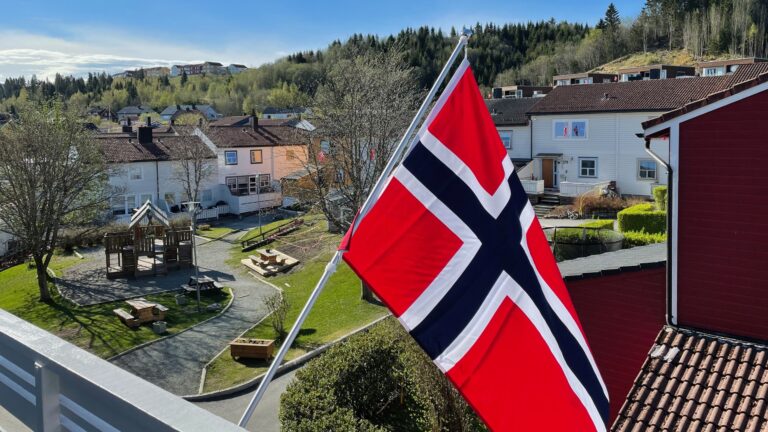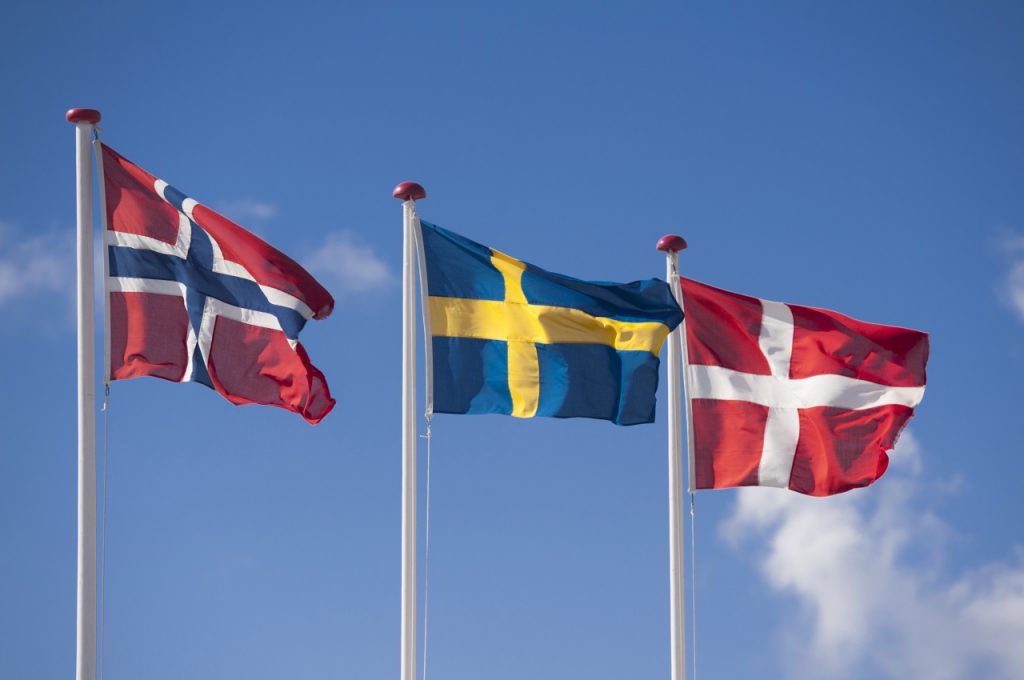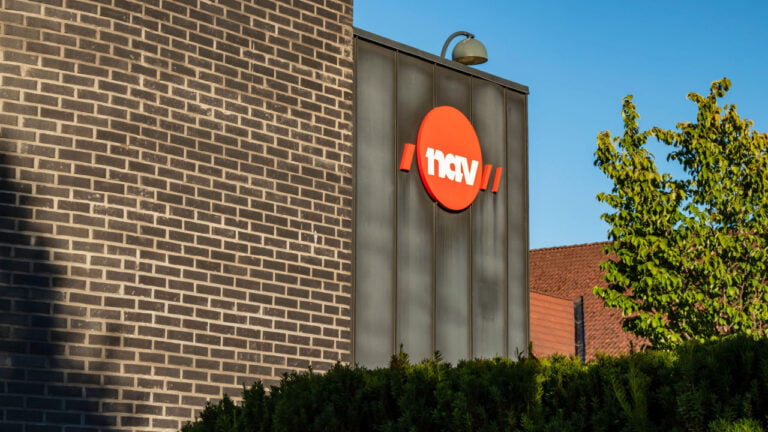A comprehensive healthcare system and help for the unemployed are key building blocks of the well-funded welfare system in Norway. Here’s a beginner’s guide on what to expect when living in Norway.
When I first moved to Norway, I had no idea what to expect. Unlike many people who'd long dreamed of moving to Scandinavia, I just found a job that happened to be in Oslo. Two weeks later, I moved here.

I had some vague notion that Nordic countries were left-leaning and I'd be paying a lot of tax, but beyond that, I was clueless. What I found was more comprehensive than I imagined.
Even so, there's a lot of misconceptions about what the welfare system is, and isn't. For example, we pay for dental treatment, and it's not cheap. We also pay for healthcare costs, to a point.
So the welfare system is not about handouts, rather it represents a comprehensive support system designed to safeguard against the vulnerabilities of life, ensuring that everyone has access to the resources and opportunities needed to thrive.
What is the Norwegian Welfare System?
The Nordic model is a distinct concept of how the relationship should be between the public sector, the labour market, and its people.
Norway, along with other Scandinavian countries, generally follow similar principles, although the implementation varies.
At the heart of Norway's welfare system is the principle of universal access to public services, funded by general taxes on income, consumption (VAT), and wealth.
This approach–which is often mislabeled as socialism (!) by people not living here–aims to provide social security and opportunities for all, fostering a society where collective welfare is prioritised.

Key features of the Norwegian welfare system include: a large public sector and a goal of ‘full employment’, a high labour market rate for women, universal rights, a residual system of social assistance, and a strong element of redistribution.
There are some issues, of course. Retirement age is high, as is the tax burden. Also, healthcare is not completely free.
For example, the public welfare system does not include coverage for dental treatment for persons above 18. There are also some issues with kindergarten availability.
The Goal of Full Employment
As said above, a key element of the Scandinavian welfare model is to stimulate the economy in such a way that demand for labour will lead to job opportunities for everybody.
The problem is that such a system does not provide a very well for those who are not integrated into the labour market, either because they are not able to enter or they are otherwise excluded.
The social security (or national insurance) program, which grants entry into the welfare system, is closely connected to the labour market.
The public access point for employment and welfare issues is NAV, the Norwegian Labour and Welfare Administration.

Now, let's take a look at elements of the comprehensive welfare system in Norway, one by one.
Healthcare and Social Services
Healthcare in Norway is primarily state-funded, offering residents access to a wide range of medical services. While there is a fee for visiting general practitioners and specialists, costs are capped annually, beyond which healthcare services are free.
This system ensures that financial constraints do not hinder access to necessary medical care. The first few times I visited the doctor I was surprised at the cost. But after living here for so long and seeing how the system works, I think it's a fair one.
Education for All Ages
Education is another cornerstone of the welfare state, with public schooling available free of charge from the age of 6 up to university level.
Despite the comprehensive public childcare services in Norway, there can still be local shortages or waiting lists. The presence of private kindergartens, supported by the state, helps meet the high demand for childcare services.
This commitment to education extends to higher education institutions, where Norwegian students are exempt from tuition fees, embodying the belief in education as a public good.
Free tuition fees used to be extended to all students, regardless of location, but this approach has changed in recent years. Now, just Norwegian and EU/EEA students benefit.
Social Security and Employment Benefits
The National Insurance Scheme is central to Norway's social security, covering everyone residing in the country.
It provides a safety net through unemployment benefits, pensions, and support in case of illness or disability. The scheme is designed to offer security in times of need while encouraging participation in the labor market.

Unemployment benefits are substantial, but they are time-limited and come with a lot of conditions, such as regular attendance at interviews and participation in courses. The program is designed to get people back into the workforce as soon as possible.
Family and Child Welfare
Support for families and children is a key feature of the Norwegian welfare model. Generous parental leave policies, child benefits, and subsidised childcare aim to balance work and family life, ensuring a supportive environment for raising children.
Norway's parental leave policies are some of the world's most generous. Research has shown that the long periods of paid leave lead to fewer mental health problems among new parents, especially mothers.
When Did Norway's Welfare State Begin?
The evolution of Norway's welfare system from 1945 to 1970 laid the groundwork for the comprehensive services available today.
Post-World War II, inspired by global movements and the Beveridge Plan from Britain, Norway embarked on creating a welfare community to protect its citizens from poverty and social insecurity.
Investments in healthcare, education, and social security were not only seen as moral imperatives but also as strategic economic policies to foster a modern, productive society.
The adoption of the National Insurance Act in 1965 was a pivotal moment, establishing social security and pensions as rights for all citizens. This period of development was characterised by broad political support, transcending party lines.
Welfare System Responsibility in Norway
The division of responsibilities and duties across the country is split into three levels of responsibility: national, regional, and local.
Planning at the National Level
While Parliament makes political decisions, it is the Ministry of Health and Care Services and the Ministry of Labour and Social Affairs are the bodies responsible for capacity planning, and designing policy and legislation.
State grants are distributed by the Ministry of Local Government and Regional Development, while the state is also responsible for the delivery of specialised healthcare services, through regional healthcare enterprises.
Organisation at the Regional Level
The planning and provision of specialised healthcare has since 2002 been the responsibility of regional units, taking over from county level. Norway is divided into five regional healthcare units, each made up of a handful of counties.
Each region is organised as a healthcare enterprise, which reports to the Minister of Health and Care Services.
Implementation at the Local Level
Counties are responsible for dental services, cultural matters, and secondary education.
Municipalities are responsible for health promotion, primary health care, care of the elderly, care of the disabled, primary school education, and social work including child protection.
There has been an ongoing process of devolution of central power to local government level. The thought process behind this is to bring decision-making as close as possible to those who are impacted, and to promote participation in local politics.
This article is just intended as an introduction to the welfare state of Norway. There's so much detail under the surface. So, we encourage you to use the search bar at the top of the website to find out more.

